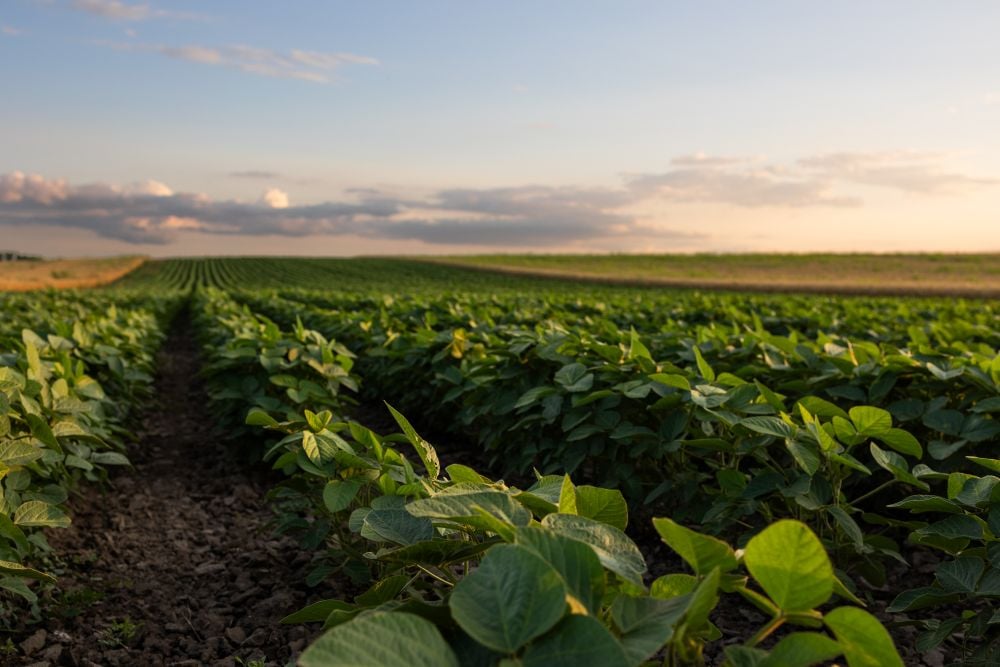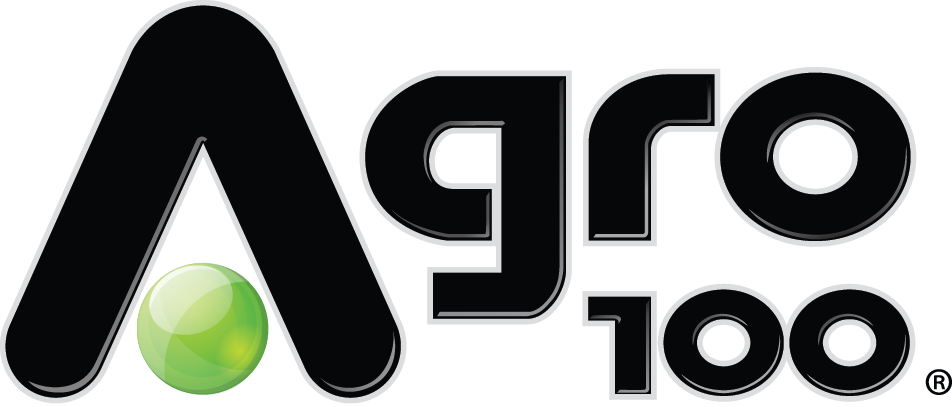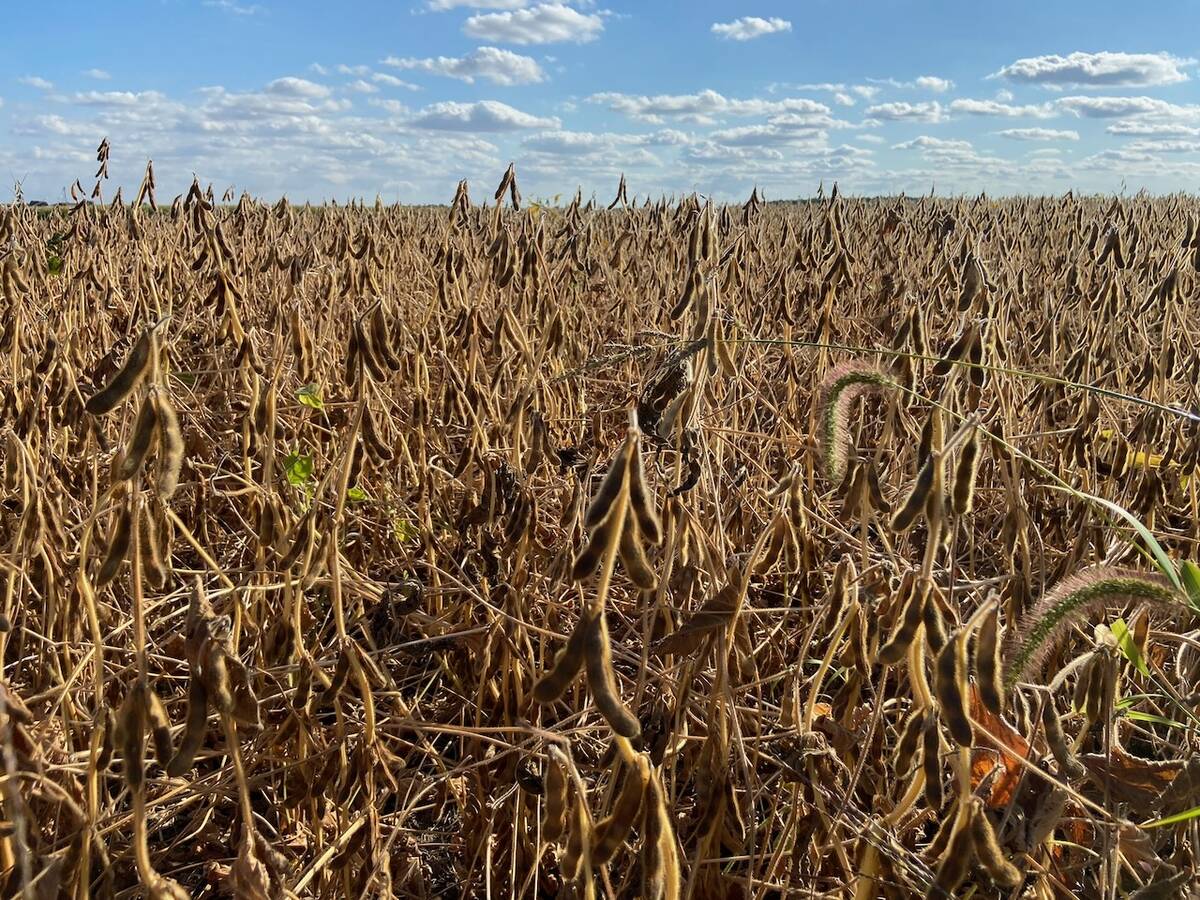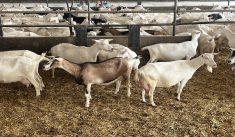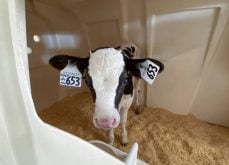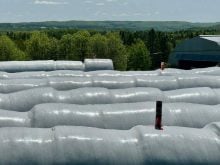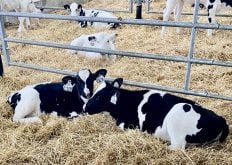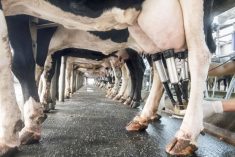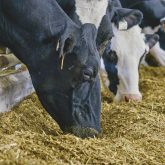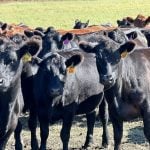Conversations at Canada’s Outdoor Farm Show often lead to big decisions, and that’s exactly what happened at Sevita Seeds following the show’s 2024 edition.
Staff from the Ontario-based soybean genetics company heard from numerous dairy farmers at the 2024 COFS about the potential for using high oleic soybeans to offset the increasing cost of high-fat feed ingredients like palm oil.
Why it matters: Fat supplementation is costly for dairy farmers, so a fat source that can be be grown on a dairy farm could be a financial advantage for farmers.
Read Also
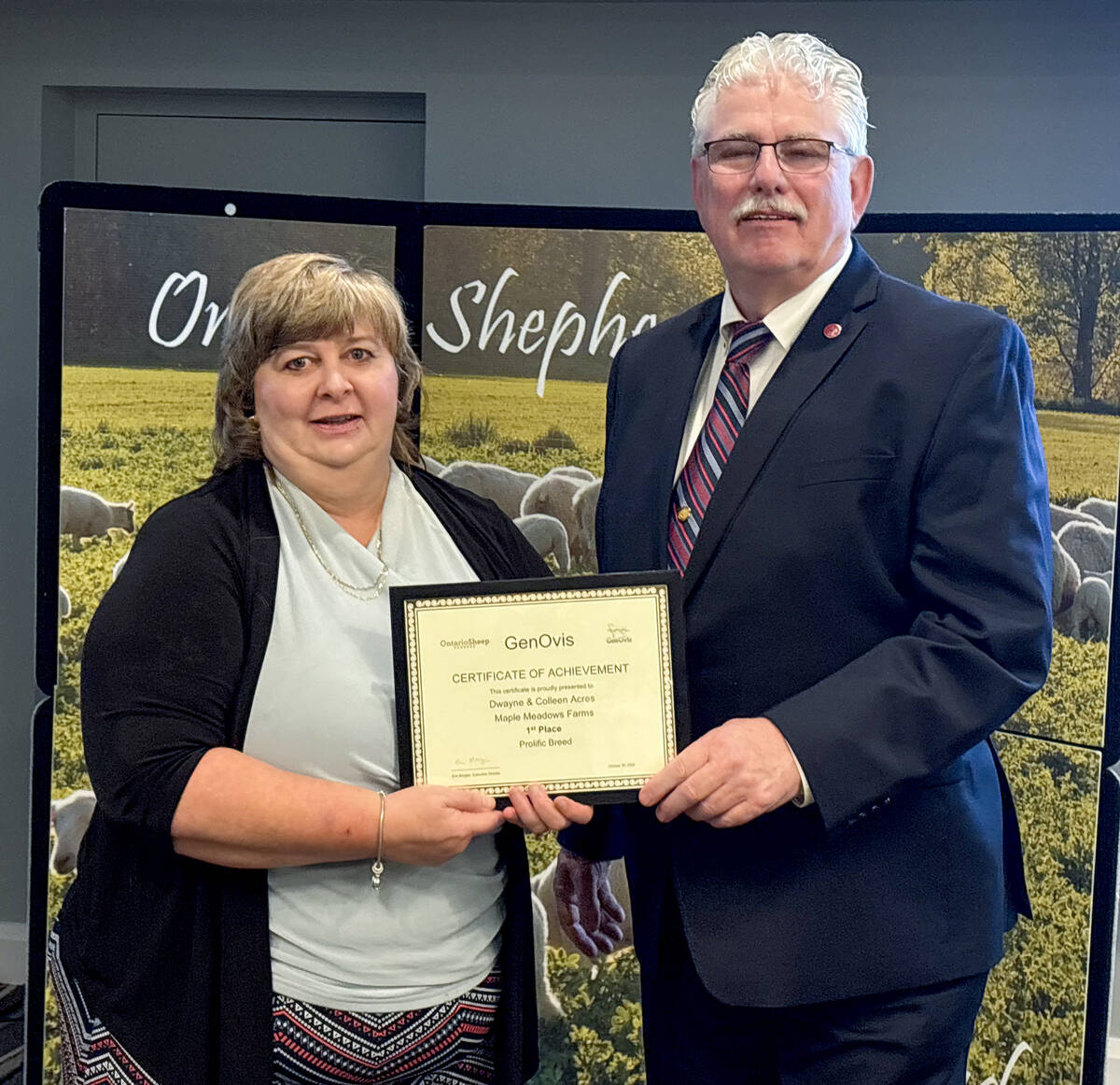
GenOvis awards presented at Ontario Sheep Farmers’ annual meeting
Producers and youth were recognized for their contributions during the Ontario Sheep Farmers’ annual GenOvis and leadership awards.
According to the company’s Western Ontario Sales and Contracting Representative, Kyle Smith, the take-home message from those conversations was a huge opportunity for Sevita to help dairy farmers with its high oleic Alinova variety.
In dairy cow rations, oleic fatty acids can contribute to higher butterfat in milk. These typically make up about 75 per cent of fats in high oleic soybeans compared to just 22 per cent in conventional soybeans.
Alinova is one of the first non-GMO high oleic soybean varieties brought to market internationally and the first high oleic soybean of any kind brought to market in Canada. It was first made available in the Ontario marketplace for the 2023 growing season – originally strictly as part of Sevita’s identity-preserved soybean program.
In food service applications, high oleic soybean oil has a greater heat stability than conventional counterparts, allowing it to be used in high-temperature frying for longer than most cooking oils. Additionally, its superior resistance to oxidation can lead to enhanced shelf life of packaged products and fresh baked goods made using the oil.
Yield-wise, Smith said, Alinova “will compete with a lot of the top-yielding soybeans that are out there. We’ve had it push 70-80 bushels on a regular basis.”
“We’ve really had a good uptake on the IP side,” he said of Sevita’s food-grade based marketing program since Alinova was introduced. “It has done really well in terms of market share.”
But at last year’s COFS, staff at Sevita heard from several dairy producers who had been alerted to the possibility of using high oleic soybeans as a replacement for other dairy ration fat sources that had become increasingly expensive or difficult to obtain.
Speaking with Farmtario during the recent 2025 COFS, Smith recalled that, “once we had those conversations with people at (last year’s) show, we started to recognize the opportunity that we had to promote Alinova in a different way.”
“We realized that, more than just being a high oleic soybean, there has been increased discussion in the dairy industry of using high oleic ingredients as a way to decrease feed costs.”
And with no other companies having a soybean readily available in Ontario that meets that criteria, “we saw that we could position ours as ‘first to the market’ for livestock feed applications.”
Following the 2024 Show, Smith said, Sevita reps began talking about the variety’s potential with their growers – especially dairy farmers but also other growers – and “as those meetings happened, more people started calling.”
“It has kind of taken on a life of its own.”
In 2025, Sevita has about 20 customers growing Alinova specifically for feeding to dairy cattle. “We want to gather data from the farms that are feeding it and hopefully break it down into farms that are feeding it in a robot, as part of the TMR, or even if there are guys feeding it in a tie-stall barn,” he said.
Already, they have a small amount of data from 2024 when some excess Alinova from the harvest of Sevita’s plot trials was roasted and fed to one of their growers’ dairy herd. Smith said they achieved positive results in production, butterfat levels and visits to the milking robot.
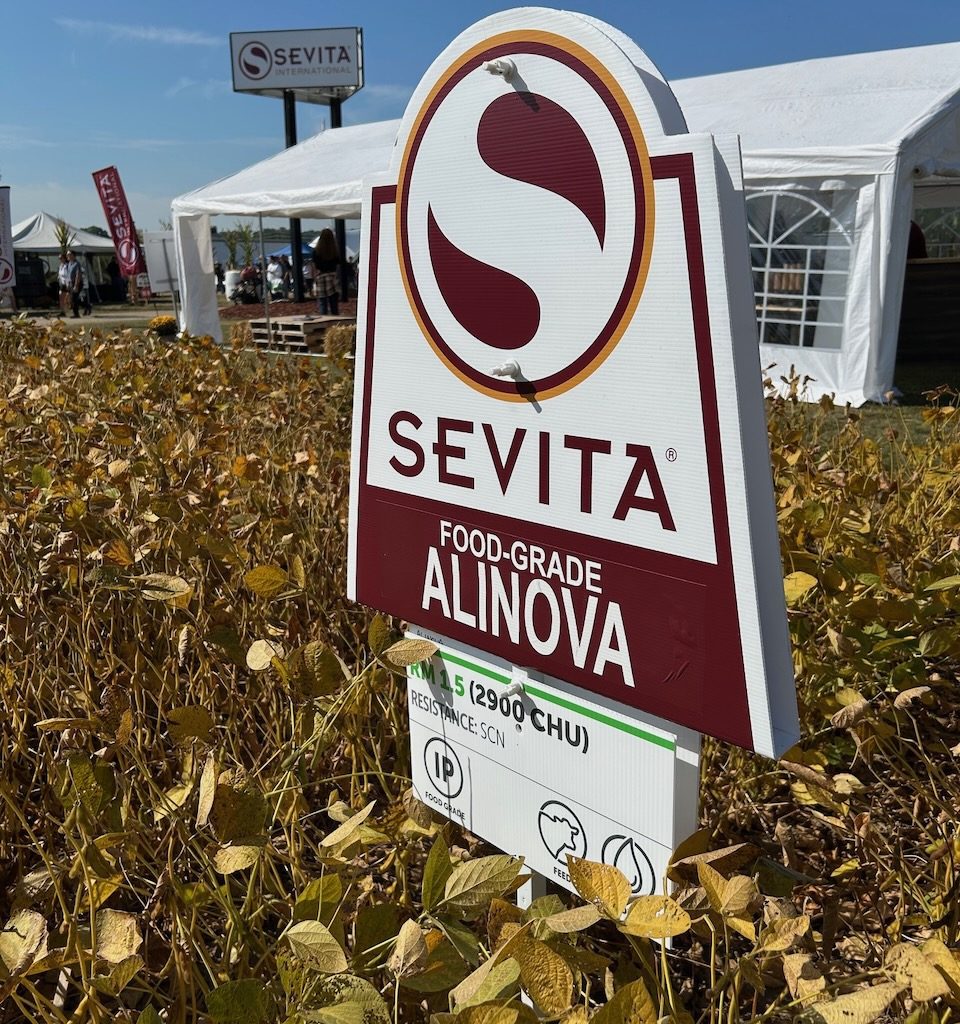
Another dairy customer feeding Alinova grown last year reported to their Sevita salesperson that their cattle saw little or no downturn in production from this summer’s heat waves, with the farmer attributing that to the high oleic soybeans.
Because it’s part of the company’s IP program, anyone growing Alinova for feed must sign an agreement stating all harvested beans will be fed to the cattle.

